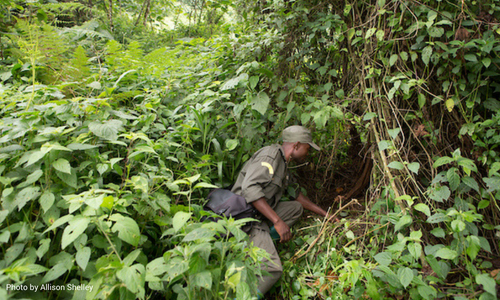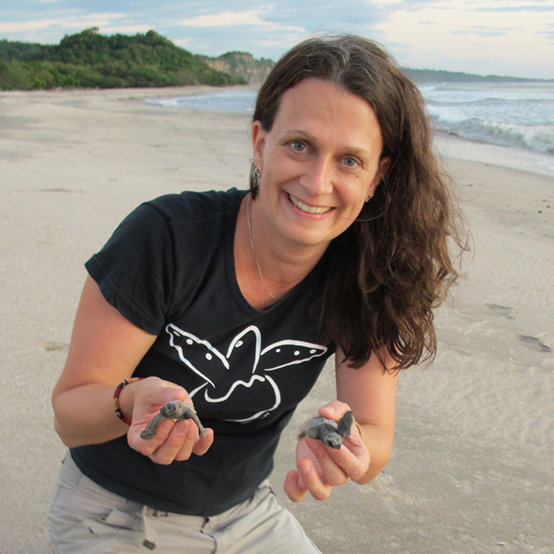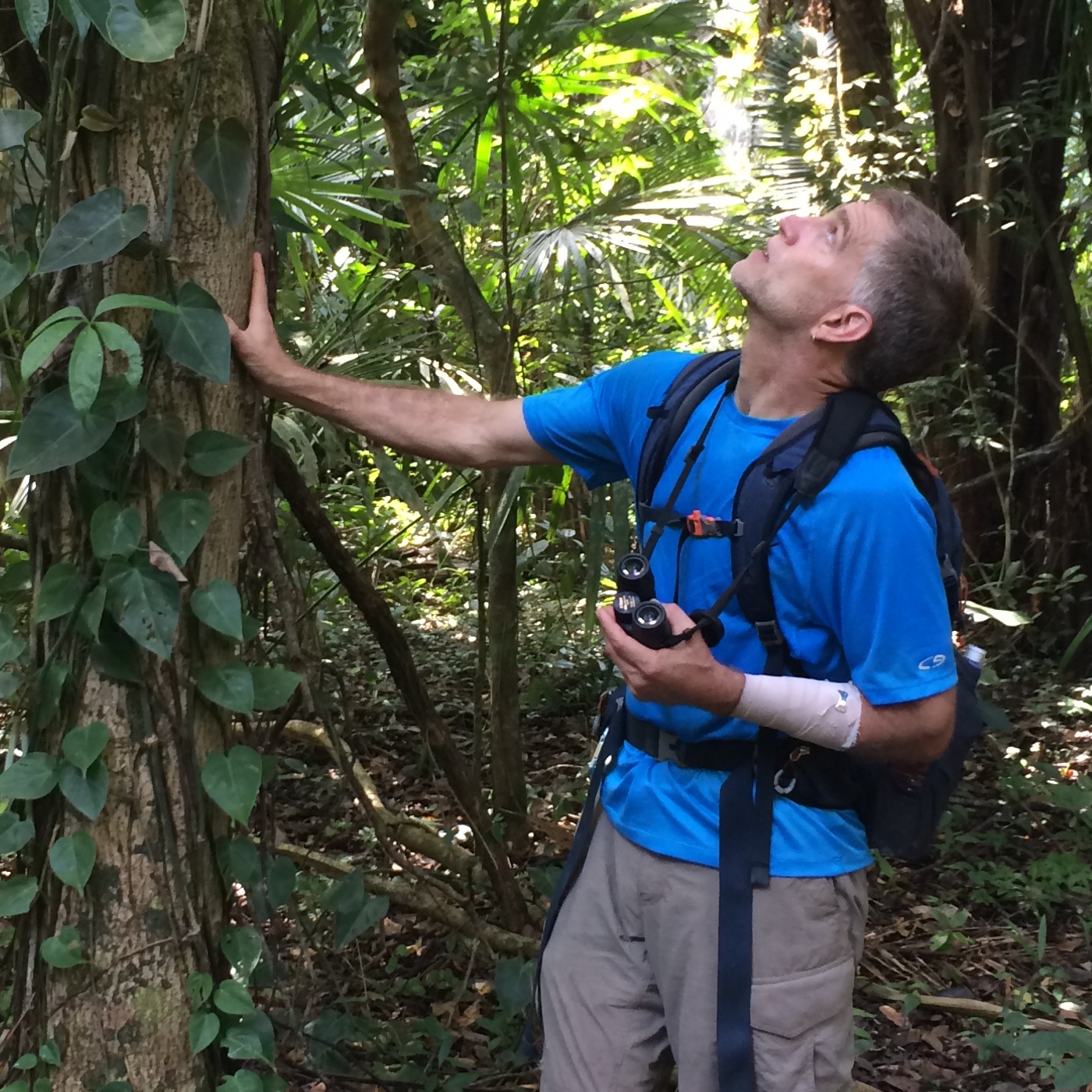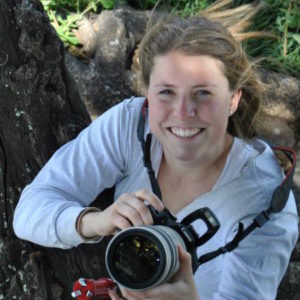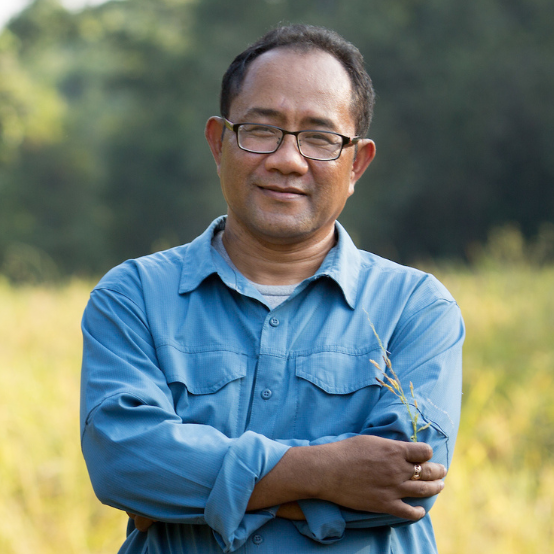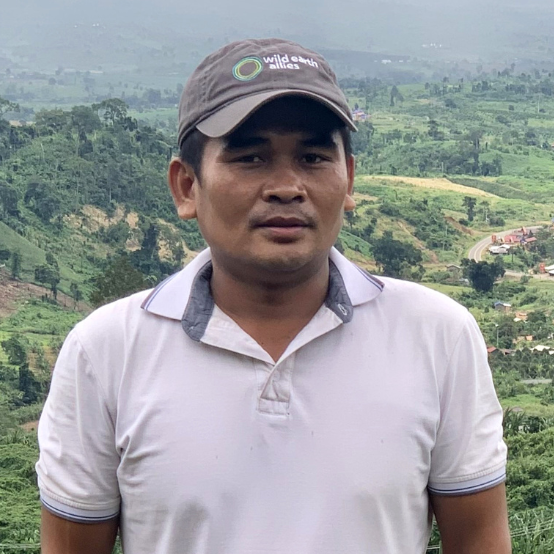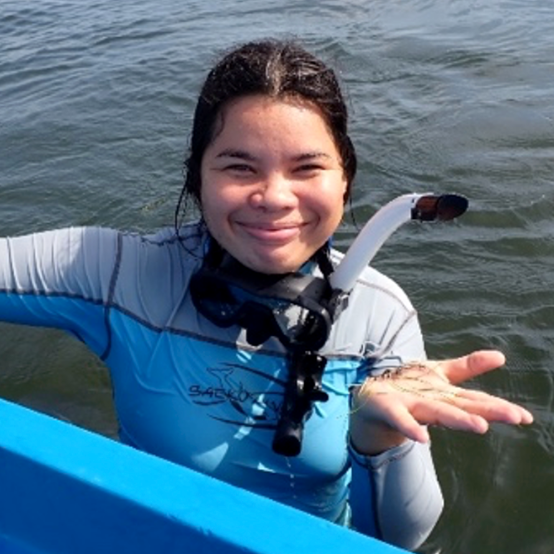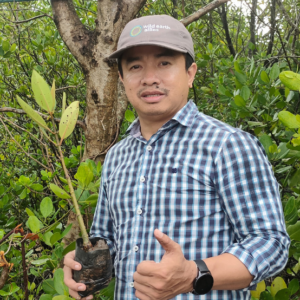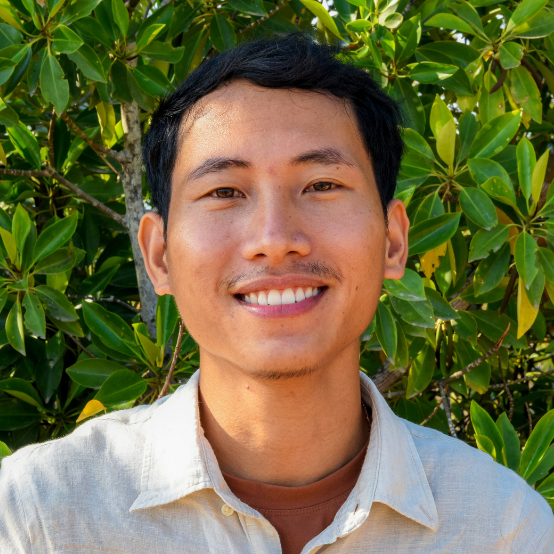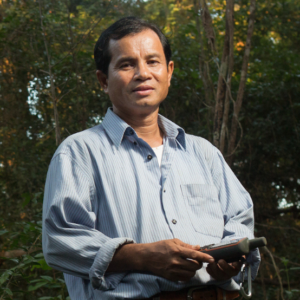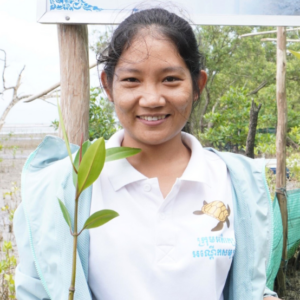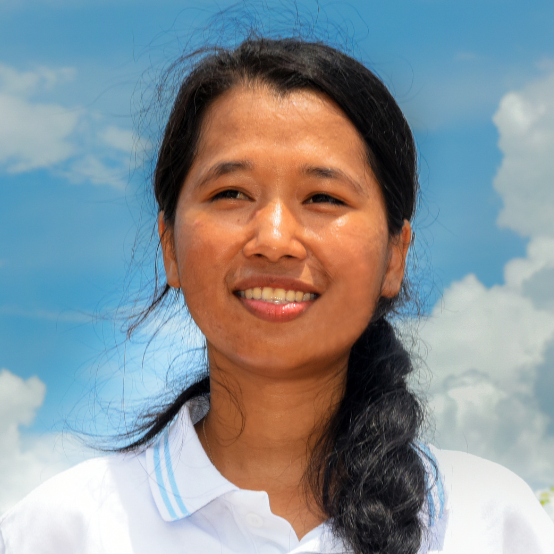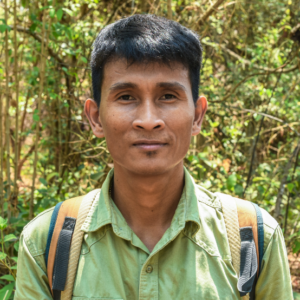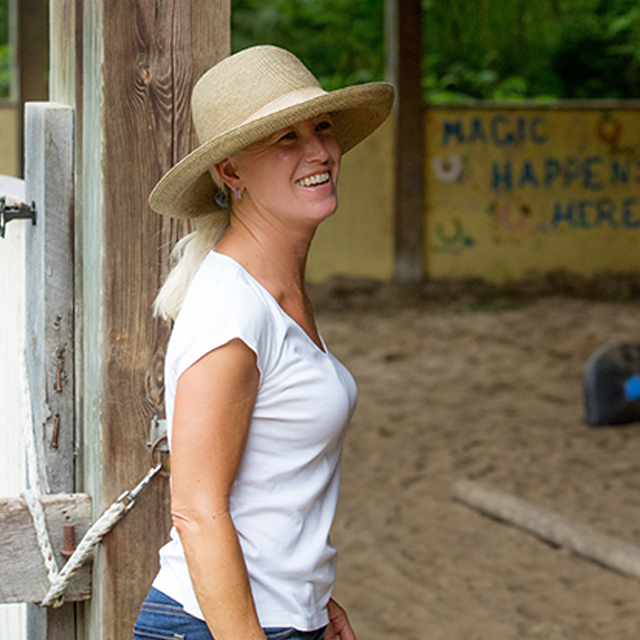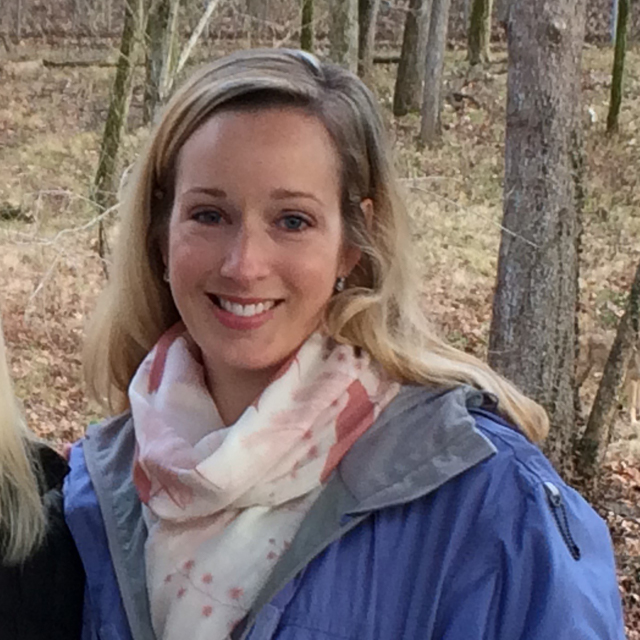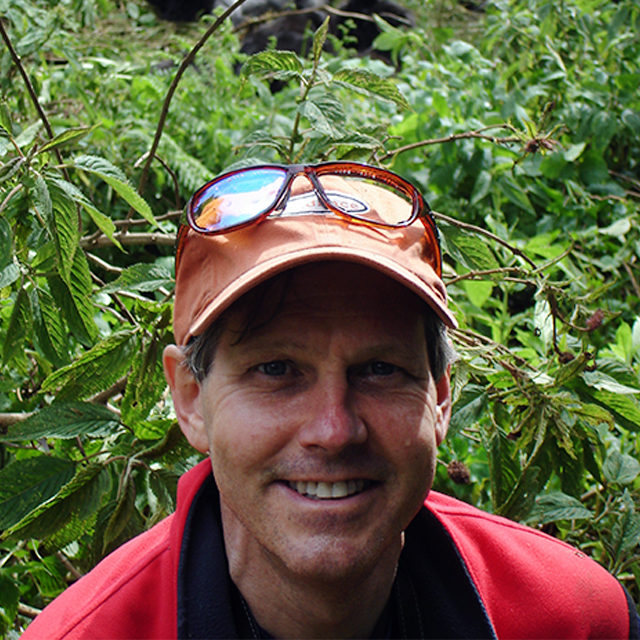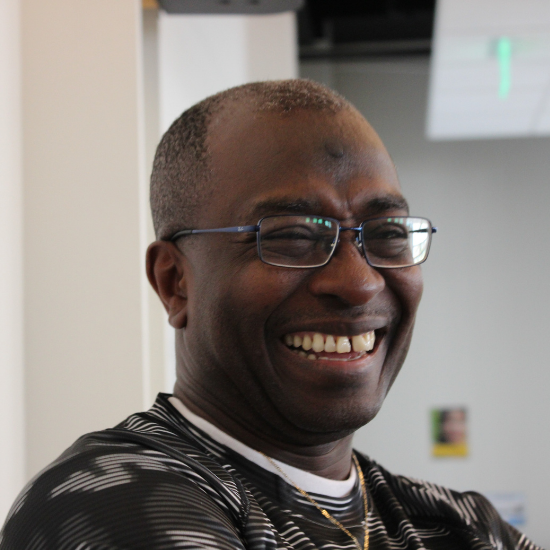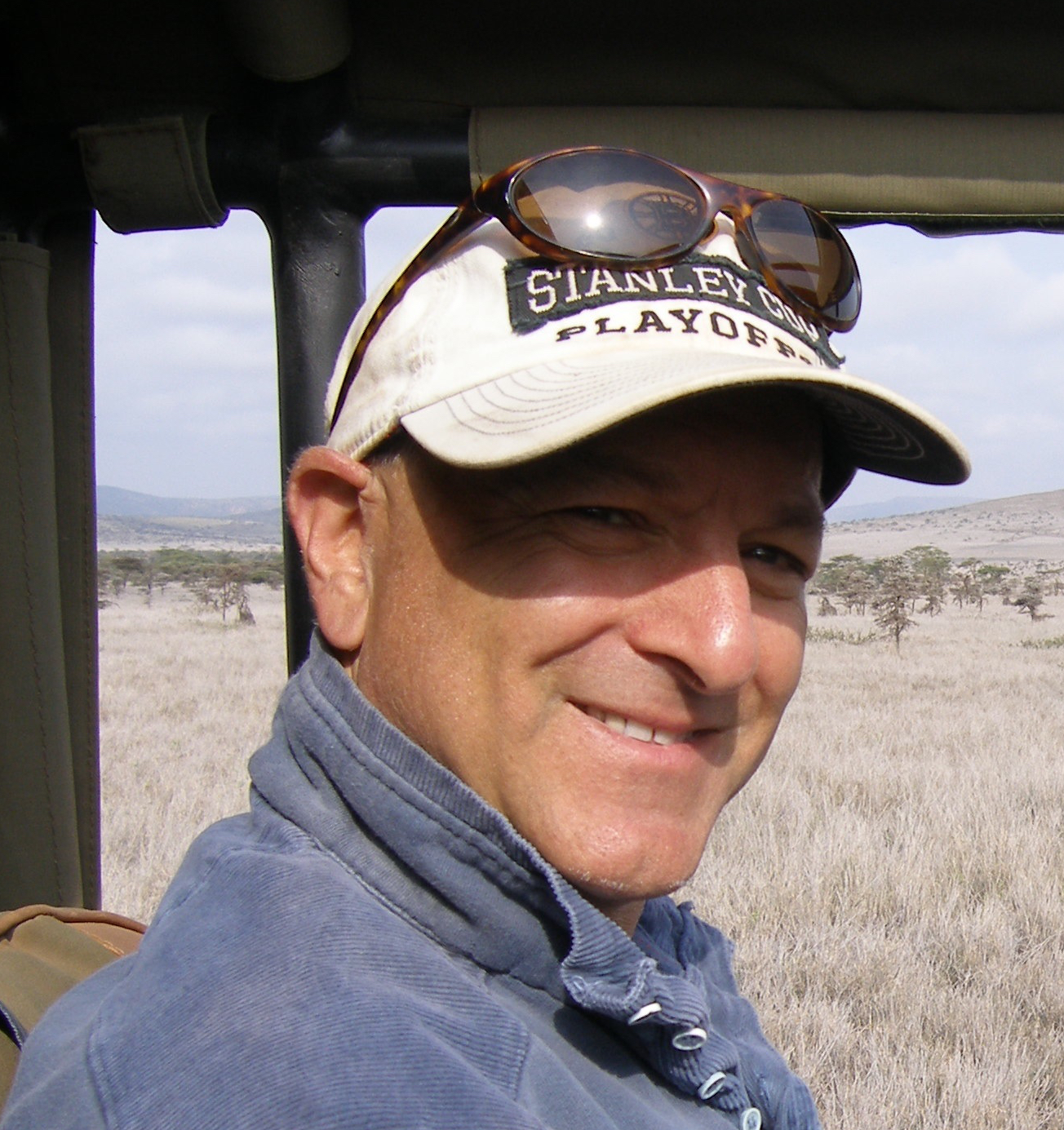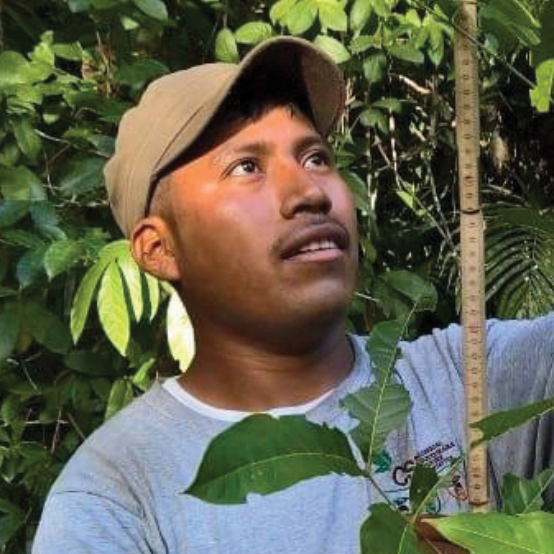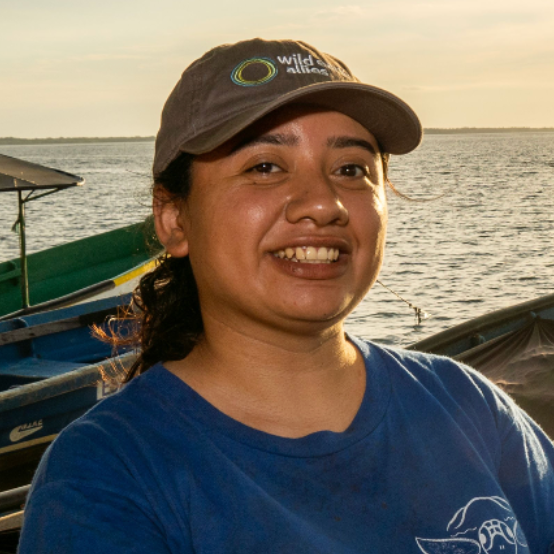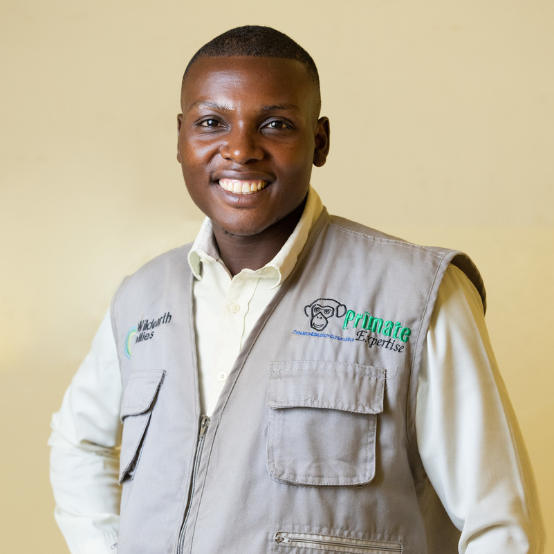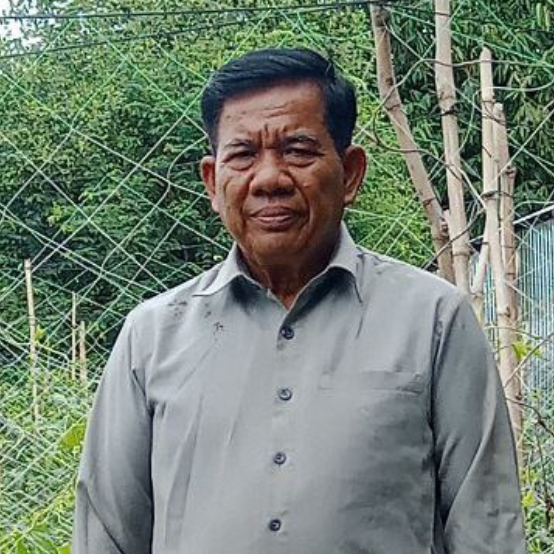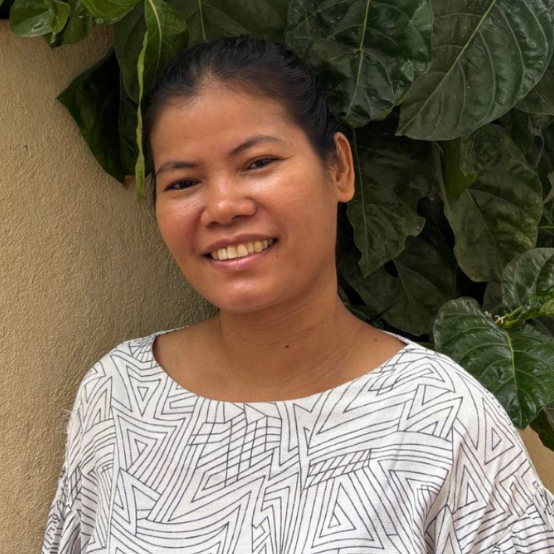Less is known about Grauer’s gorillas compared to mountain gorillas, whose population has doubled over the past three decades through collaborative conservation efforts of governments, local communities and international conservation partners, including Wild Earth Allies.
While we are leveraging this experience to benefit Grauer’s gorillas, we continue to research the ecology and behaviors that are unique to Grauer’s. In collaboration with our partner Primate Expertise (PEx), we are undertaking ecological monitoring and research in Kahuzi-Biega National Park in eastern Democratic Republic of the Congo (DRC).
About Grauer’s Gorillas
Grauer’s gorillas are the largest of all gorilla subspecies with males weighing up to 550 pounds. Like other great apes they are predominantly herbivorous eating fruits and plants, but sometimes eat insects. Males reach puberty around 13 years and females reach it at age nine. Females give birth every four years with a gestation period of nine months. Many gorilla infants, weighing around four pounds at birth, do not survive beyond three years.
Grauer’s gorillas are highly social animals and live in family groups ranging in size from five to 35 individuals. Groups are led by a dominant silverback and typically include at least three unrelated females and their young. When a male reaches puberty, he leaves the group of his birth to form his own and begins recruiting females. Females may change groups several times in their lifetime with the aim of being with the silverback that can best protect them. The Chimanuka and Bonane groups that PEx monitors in Kahuzi-Biega have had such experiences.
Park ranger Safari Jules investigates a gorilla nest that members of the Bonane group slept in the previous night in Kahuzi-Biega.
 A female Grauer’s gorilla named Iragi from the Bonane group in Kahuzi-Biega (left); Bonane, the silverback who leads the group, eats from plants (right).
A female Grauer’s gorilla named Iragi from the Bonane group in Kahuzi-Biega (left); Bonane, the silverback who leads the group, eats from plants (right).
Bonane and Chimanuka Group Dynamics
Bonane formed his group by recruiting two females from the Chimanuka group in May 2016. This past year there was an aggressive interaction between these dominant silverbacks. Chimanuka, the larger and older silverback, was unharmed while Bonane sustained many external injuries. Following this encounter, the females in Bonane’s group left for several days before choosing to return to Bonane.
Independent photojournalist Allison Shelley captured images while visiting these two groups with PEx. She observed Bonane performing one of his primary functions, which is protecting their infants. Though the visitors presented no threat and maintained a safe and appropriate distance, Bonane was vocal in warning visitors to stay away from the infants who remained in the trees with their mothers.
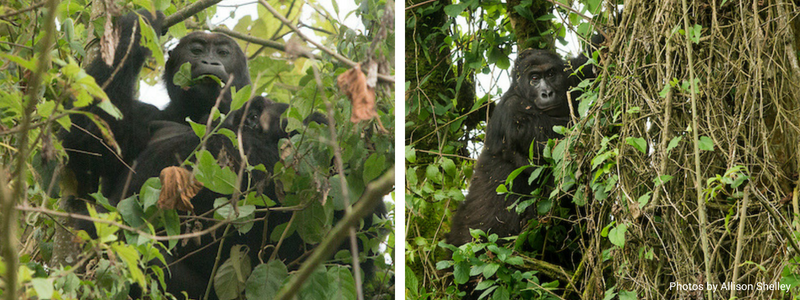 Siri, a female Grauer’s gorilla in the Bonane group, hides in a tree with her newborn (left), and later climbs down (right).
Siri, a female Grauer’s gorilla in the Bonane group, hides in a tree with her newborn (left), and later climbs down (right).
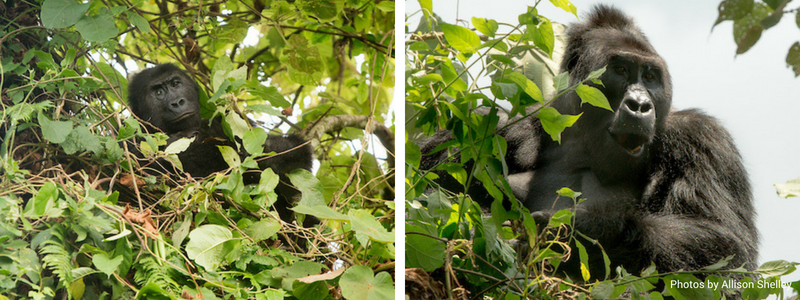 Mukono, a female Grauer’s gorilla in the Bonane group, rests with her newborn (left); Bonane, the silverback group leader, becomes vocal (right).
Mukono, a female Grauer’s gorilla in the Bonane group, rests with her newborn (left); Bonane, the silverback group leader, becomes vocal (right).
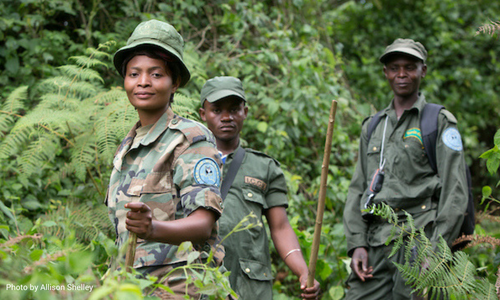
Park rangers, including Naomie Divine Kashalulo, left, stand guard as visitors observe the Bonane Grauer’s gorilla group in Kahuzi-Biega.
A Unique and Threatened Habitat
The historic range of Grauer’s gorillas was estimated to cover much of the Albertine Rift, one of the richest ecologically diverse regions in Africa. Today only four broad population centers of Grauer’s remain; one of which is in Kahuzi-Biega’s montane sector. Even within the bio-diverse Albertine Rift, Kahuzi-Biega stands out for its rich biodiversity and is home to the Bonane and Chimanuka groups.
Together with PEx, Wild Earth Allies is working to protect these Grauer’s groups and to address the root causes of threats while understanding the needs of people living in this forest landscape. We are taking innovative approaches with PEx to address deforestation, a major threat to Grauer’s habitat, while strengthening livelihoods of local communities.
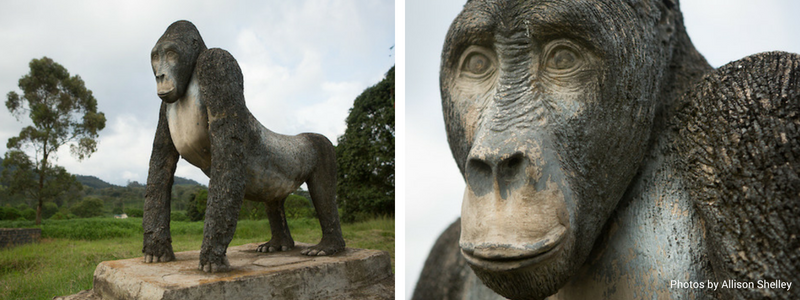 A Grauer’s gorilla statue stands at the entrance to Kahuzi-Biega.
A Grauer’s gorilla statue stands at the entrance to Kahuzi-Biega.
 Bonane, the silverback group leader (left); the day ends at Kahuzi-Biega National Park (right).
Bonane, the silverback group leader (left); the day ends at Kahuzi-Biega National Park (right).
Watch for the next post in our great ape blog series, where we will discuss deforestation and the unique approach we are taking with PEx to address it. Follow us on Facebook and Twitter, sign up for our emails, and visit our website.


